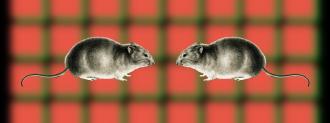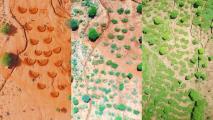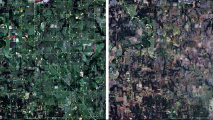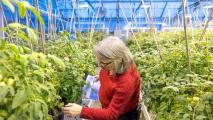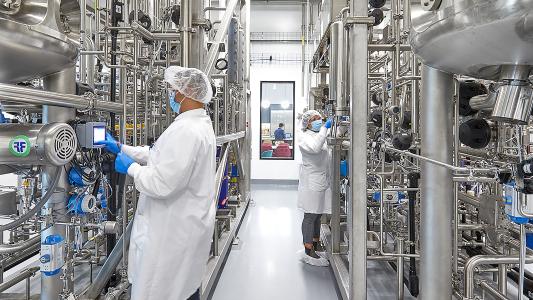Scientists have successfully created female-only and male-only litters of mice using gene editing. The proof-of-concept study shows how we could potentially spare countless animals from needless death, improving animal wellbeing in both scientific research and agriculture.
Why this matters: Scientists and farmers often specifically need only either male or female animals.
For example, research on female reproduction requires only female animals, such as lab mice. James Turner of the Francis Crick Institute and an author on the paper found roughly 25,000 research articles published in the last five years that required male- or female-only mice. And that’s just published studies.
“This work could have immediate and valuable impact in scientific laboratories, as we’ve shown how it is safe and effective in mice, a common mammal used in medical and scientific research,”
James Turner
In agriculture, male dairy cattle are usually killed at a young age because they don’t produce milk and are not valuable enough to rear. And, because male chickens don’t lay eggs, chick culling (killing all of the day-old male chicks) is widespread among poultry farmers.
An Israeli startup called EggXYt is working on addressing the problem of chick culling by editing the genes of chickens so that their eggs are born with a built-in, glowing sex ID tag. That allows farmers to cull male eggs before they hatch.
But this new technique, besides working on mammals, goes back even further in development, leading to only offspring of the desired sex from the outset.
How it works: Researchers from the Francis Crick Institute and the University of Kent developed a new technology that selectively inactivates mouse embryos shortly after fertilization, depending on which sex genes they have. This genetic-based strategy, which they detailed in Nature Communications, could eliminate the need for sex-based culling.
The team used a two-part system to selectively thwart embryo development. They placed one element of the CRISPR-Cas9 system on the mother’s genes, which all embryos inherit. They put the other part of the gene-editing system to either the father’s X or Y chromosome, which determines the embryo’s sex.
When the sperm and egg join, forming an embryo, depending on whether there was an X or Y chromosome in the sperm, the two parts of the gene-editing system also come together, triggering a reaction that stops the development of that embryo almost immediately, around 16 or 32 cells.
The researchers can choose a certain sex by placing the gene-editing element on the X or Y chromosome of the male parent.
For example, if they wanted a female-only (XX) litter, the team would place the gene-editing element on the male’s Y chromosome, thereby thwarting the development of any male (XY) embryos. Only those embryos that do not have the gene-editing element would survive — the female (XX) embryos. Conversely, to get a male-only litter, they would put it on the male parent’s X chromosome, so that only XX embryos would be deactivated.
Next steps: “This work could have immediate and valuable impact in scientific laboratories, as we’ve shown how it is safe and effective in mice, a common mammal used in medical and scientific research,” Turner said in a statement.
However, the team believes the same technology may be used on farm animals, and they hope to launch pilot trials with the Roslin Institute, a leader in livestock gene editing located near Edinburgh, reports the BBC.
If the work can have a commercial application, Peter Ellis of Kent University believes it could have a “wide-ranging” influence on animal welfare.
But Ellis also cautions that the work “should be considered at ethical and regulatory levels.” He says that “before any potential use in agriculture, there would need to be extensive public conversation and debate, as well as changes to legislation.”
We’d love to hear from you! If you have a comment about this article or if you have a tip for a future Freethink story, please email us at tips@freethink.com.
